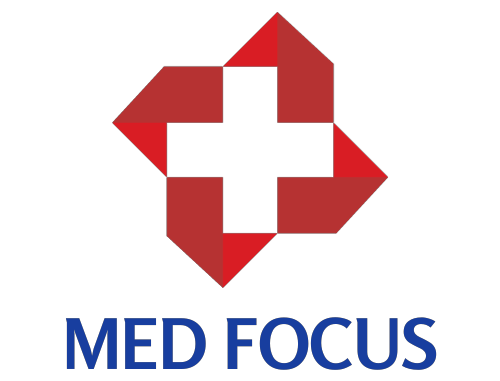The foundation for understanding the intricate structures and operations of the human body is laid by the primary course of anatomy in medical education. Medical students require excellent study techniques that go beyond memorizing in order to excel in anatomy. We will provide helpful advice and guidance in this blog to assist you in learning anatomy and navigating this crucial area of your medical education.

Following are 6 pro tips to excel anatomy study:
1. Build a Firm Foundation:
To begin, lay a solid anatomical foundation. Start by having a solid understanding of directional terminologies, body planes, and anatomical nomenclature. Learn about the many anatomical areas, structures, and landmarks. Use textbooks, online resources, and anatomy atlases to enhance your learning.
2. Active Learning:
Utilize active learning strategies to improve your comprehension and memory of anatomical ideas. Use active learning techniques like diagramming, naming anatomical structures, and participating in group discussions in place of passively reading textbooks. Use interactive anatomy applications and internet resources to create 3D models and virtual dissections.

3. Use Mnemonics and Memory Aids:
Learning anatomy requires you to memorize a lot of facts. When it comes to remembering intricate anatomical systems like cranial nerves, the brachial plexus, or the branches of major arteries, mnemonics and memory aids can be incredibly helpful. Create your own mnemonics or make use of the well-liked ones that are offered in textbooks and internet resources.
4. Learning from Cadaveric Dissection:
Whenever cadaveric dissection is offered in your program, take advantage of it. You can gain a greater comprehension of the three-dimensional interactions between structures by taking part in dissection. Participate fully in dissection lessons, ask instructors for clarification, and actively participate. For further practice outside of the dissection lab, use anatomical models, prospected specimens, and virtual dissection tools.

5. Clinical Correlations:
Anatomy is not just about structures; it also serves as the foundation for comprehending clinical procedures. Always look for clinical connections to support your learning. Understand how anatomical changes, injuries, or diseases manifest in patient presentations to link anatomical features to their clinical relevance. These links can be strengthened through talks with working physicians, problem-based learning activities, and clinical case studies.
6. Flashcards or Anki:
The names, positions, and relationships of the many anatomical structures can be remembered with the use of Anki or flashcards. Use pre-made online flashcard decks or make your own. Use flashcards to regularly review and test your information so that you can spot any areas that need more research.

The key to becoming a skilled healthcare worker is to master anatomy. You can improve your understanding and recall of anatomical knowledge by using these study strategies. Use mnemonics and memory aids, add clinical correlations, combine active learning tactics, and regularly review and reinforce your learning. You will master anatomy and succeed in your medical education if you are persistent and have good study habits.
Kindly visit themedfocus.com for additional advice and recommendations about attending medical school. If you're seeking a trustworthy internet source, please check out the whole medical school package at the URL below.
https://themedfocus.com/products/the-complete-med-school-bundle

